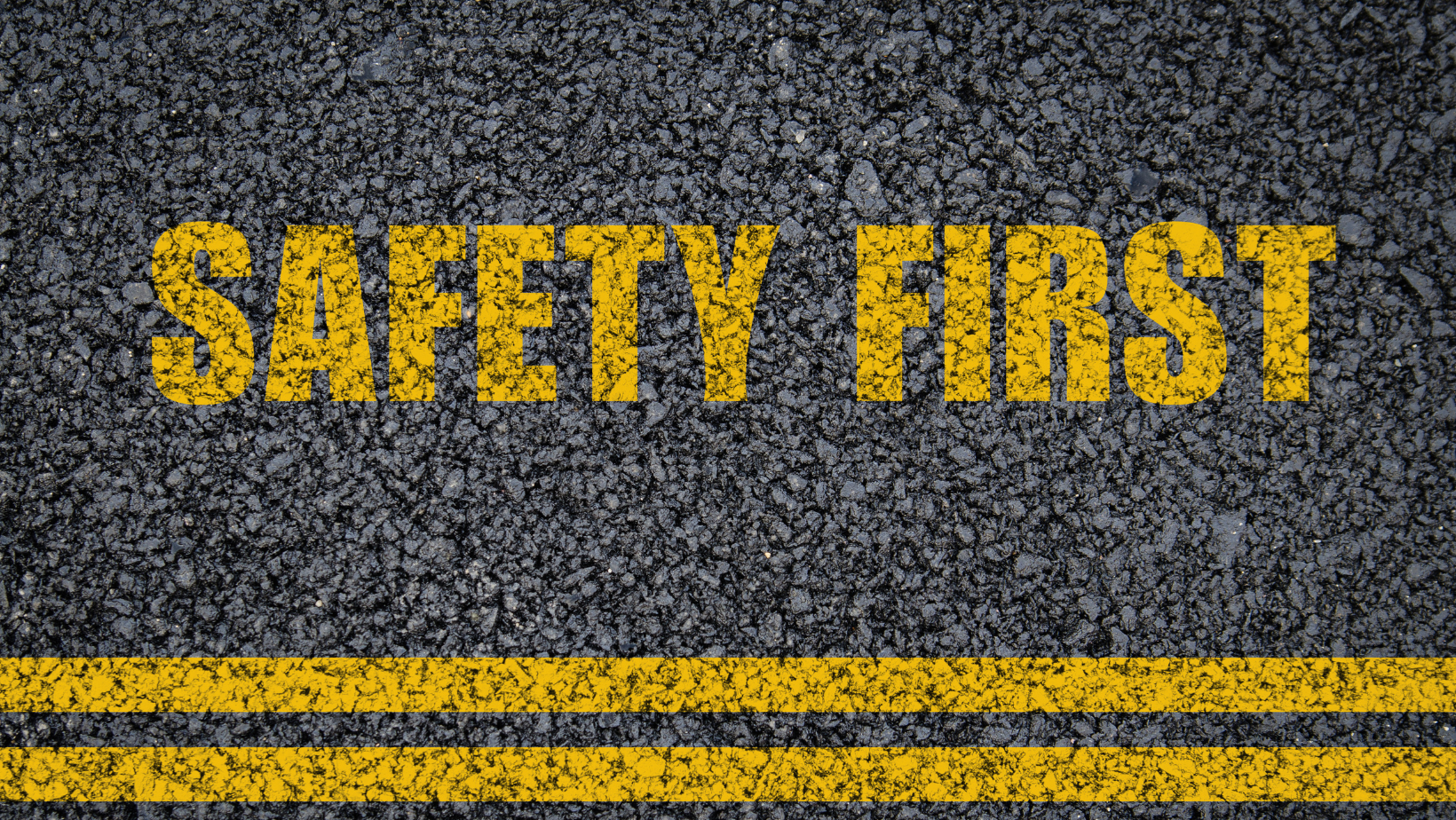
Safety should be at the top of our priority list as a worker or employee. It is essential to understand the various safety protocols and precautions to prevent accidents or injuries at work. Accidental fatalities, sometimes called “accidents,” are the fourth most prevalent cause of death in the United States, as per the National Safety Council. As we collaborate to highlight the main reasons for avoidable injury and death so that people can live their best lives, join us in honoring National Safety Month. June Safety Month is a crucial time to refresh our knowledge of safety measures and ensure we take all necessary precautions to create a safe working environment.
Preparing for Emergencies
Emergencies can occur at any time and without warning. Therefore, it is crucial to be prepared for them. Workers should familiarize themselves with emergency procedures and protocols in the workplace, such as evacuation plans and emergency contacts. They should also participate in safety drills to prepare for any potential emergency. (Occupational Safety and Health Administration)
Slips, Trips, and Fall Prevention
Slips, trips, and falls are among the most common workplace accidents. Such accidents often occur due to a wet or uneven floor, cluttered walkways, or improper footwear. To prevent such accidents, workers should keep the floors dry and clean and ensure that walkways are clutter-free. They should also wear non-slip shoes and use safety equipment such as handrails when going up or down stairs. (National Safety Council)
Heat-Related Illness
Summer months bring with them a risk of heat-related illnesses. Workers who work outside or in hot environments, such as construction sites or factories, are particularly at risk. Staying hydrated, taking breaks in a cool and shaded area, and wearing breathable and light-colored clothing is essential. Employers should also ensure that workers have access to cool water and shaded areas to rest. (Occupational Safety and Health Administration)
Safety on the Road
Workers who drive for work purposes are at risk of road accidents. Therefore, it is important to follow traffic rules and regulations, wear seatbelts, and avoid distractions while driving. Employers should also ensure that company vehicles are well-maintained and that employees are adequately trained in safe driving practices. (National Safety Council)
Create Safety and Emergency Protocols
Employers should create and implement safety and emergency protocols that address potential hazards and risks in the workplace. These protocols should include using personal protective equipment (PPE), such as hard hats, safety glasses, and gloves. Employers should also train employees on how to use PPE correctly and when it is necessary to do so. Emergency protocols should include evacuation plans, contacts, and procedures for handling accidents and injuries. (National Safety Council)
Take the month of June to highlight workplace safety. Spread awareness and practice safe measures. Workers should familiarize themselves with emergency procedures, participate in safety drills, and take measures to prevent slips, trips, and falls. They should also stay hydrated and take breaks in hot environments, follow traffic rules and regulations when driving, and wear appropriate PPE. Employers should create and implement safety and emergency protocols that address potential hazards and risks in the workplace and train employees on how to use PPE correctly and when to do so. By taking these steps, we can ensure that safety remains a top priority in the workplace.
When to Go to the ER for a Workers’ Comp Injury
Employers with 10 or more employees must provide workers’ compensation insurance to their employees. This insurance covers medical expenses, lost wages, and death benefits if an employee is injured or killed on the job. It also covers occupational diseases, which are illnesses that are caused by the job. Workers’ compensation is a no-fault system, which means that employees do not have to prove that their employer was negligent in order to receive benefits.
Workers covered by Workers’ Compensation can go to any emergency room for treatment. However, it is important to note that they should first file a claim with their employer’s Workers’ Compensation insurance company. The insurance company will then authorize the treatment and pay for it. Workers should also keep all of their medical records, as they may need them to support their claim.
In addition, workers should be aware that they may have to wait for treatment if they go to hospital-system affiliated emergency room. This is because these types of emergency rooms are often crowded and may not be able to see patients right away. This is not the case with our facility. We specialize in treating employment related medical emergencies and will see an injured worker without a wait. Our Board-Certified Emergency Physicians are trained to know what information is needed to file a claim and will help guide you through the initial claim process along with your employer.
It is important to know about Workers’ Compensation if your job requires driving or physical labor, when accidents are more prone to happen.
Works Cited
National Safety Council. “June is National Safety Month.” National Safety Council, 2023, https://www.nsc.org/workplace/national-safety-month.
Occupational Safety and Health Administration. “Emergency Preparedness and Response.” United States Department of Labor, 2023, https://www.osha.gov/emergency-preparedness.





